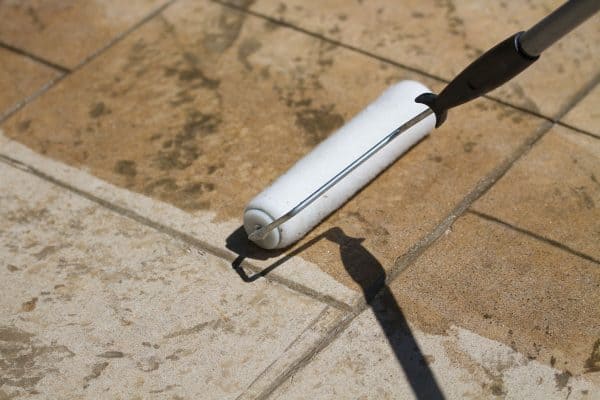Disclosure: We may get commissions for purchases made through links in this post.
Properly designed hardscapes accentuate the beauty of your outdoor space. Planning for a hardscaping project takes considerable time and effort, and since it is an outdoor project, factors like weather need to be considered. As a homeowner, you might be wondering the best time of the year to start so your effort wouldn't be in vain. To help you, we have carried out extensive research to answer this question.
According to industry experts, it's best to start your hardscaping projects in the fall or winter for many reasons. First, the weather is pleasant and sunny during fall, which means your construction would dry and solidify quickly. In addition, there is usually less demand for hardscape services during that time of the year, meaning industry professionals who specialize in this line of work would give complete focus to the few available projects. Less demand also equals a cheaper rate and faster turnaround time.
If you're not certain why it is best to carry out your hardscaping projects during fall and winter, read on as we will discuss reasons why. We'll also explore tips on budgeting and planning for your hardscape projects.
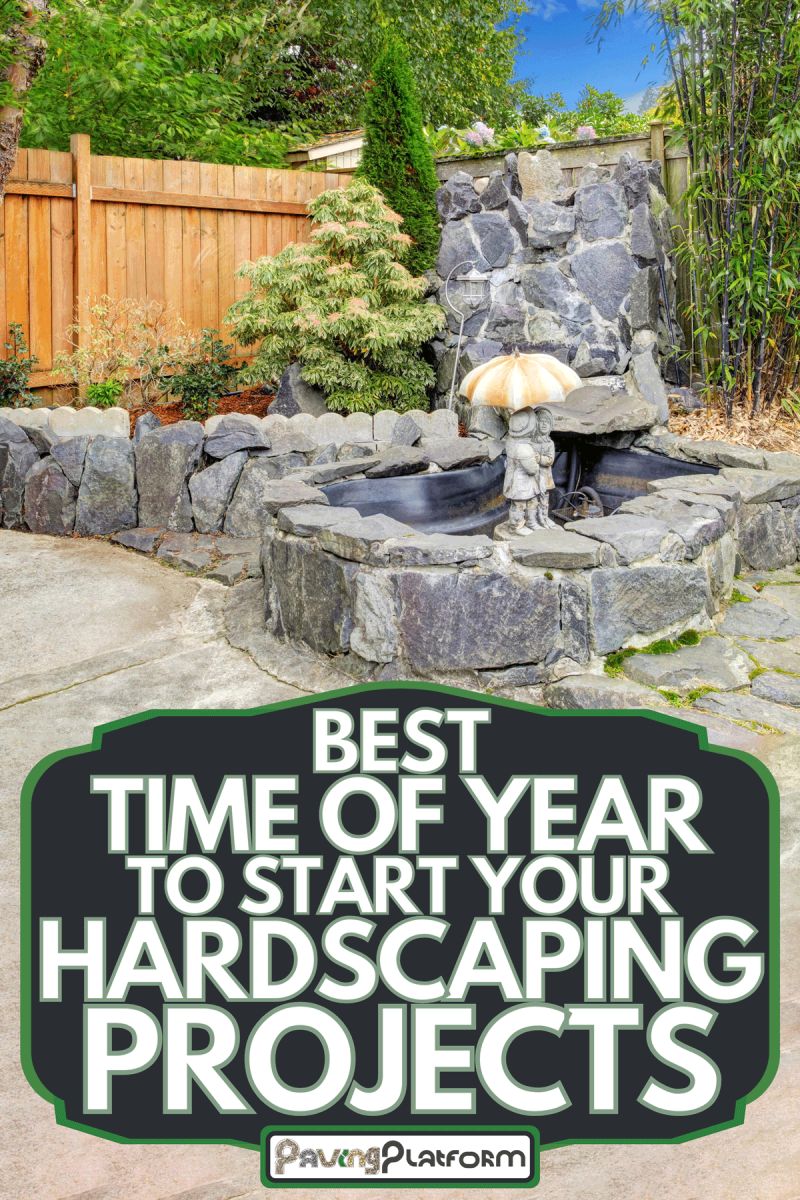
5 Reasons You Should Start Your Hardscaping Projects in Fall and Winter
1. Less Foot Traffic
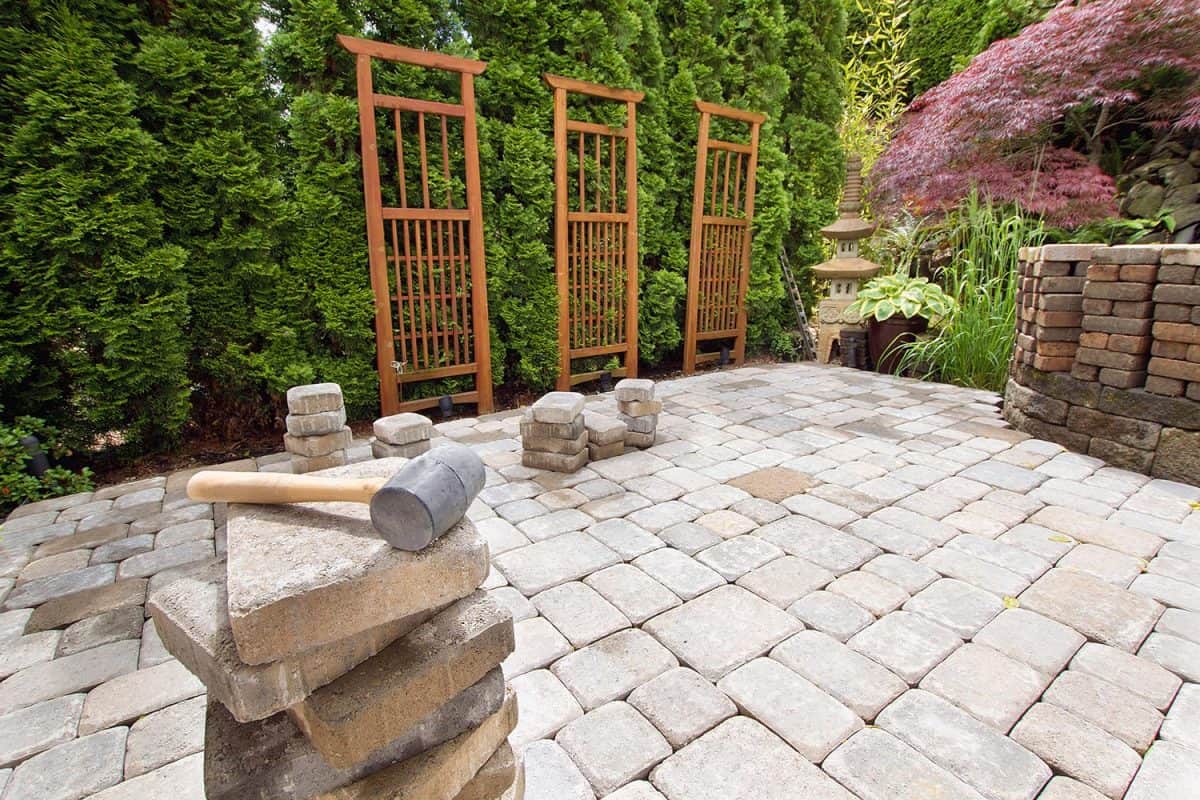
Due to the nature of construction, you would need less foot traffic during your hardscaping project. When it is cold outside, fewer people are out and about, giving you space to work without distraction. During this period you also have fewer guests.
Plus, your grass and soil are less likely to be affected by a hardscaping job in the winter. Since most of your plants are inactive during this time of the year because of the cold, there will be little to no damage done to them.
Check out this in-depth article on weeds growing through pavers for further reading.
2. Greater Availability of Resources
Based on our research, most landscaping companies run out of materials during summer because of the high demand for their services.
They have a lot of booked appointments with customers wanting to do their hardscape projects, so most of the time, projects are postponed due to the availability of raw materials.
Not everybody would like to have their hardscape project done during the winter. This means that you don't have to join a lengthy waiting list. You can also buy all the resources you need more quickly if you want to DIY since the suppliers have less demand.
3. Cool and Breezy Weather
Working in the winter requires you to gear up more than usual because of the cold weather. This might be inconvenient at first, but if you work towards the end of the winter, it's certain to be less cold and more comfortable. Also, some hardscaping materials are easier to install during cooler weather.
Summer, on the other hand, might leave you exhausted after working under the heat for so long. Any temperature over 30 degrees will rapidly deplete your energy, and you might be tempted to relax in your house instead.
Heat might make the construction team stop working to avoid health complications, and this results in your project stretching out longer than usual.
4. Less Cost for Same Value
As mentioned earlier, summer is when there is high demand for hardscapes. So during the fall and winter seasons, there will be less demand in the supply of material, and the price decreases with less demand.
This means that you can get the same construction materials in the winter for an even lower price. You also have the opportunity to go for a better design within the same budget.
5. You Can Take Advantage of Spring
When you carry out your hardscape projects during the summer, they could be covered in snow come winter, thereby denying you the pleasure of enjoying the view of your work as it would be covered in piles of snow you have to shovel up as well.
To enjoy your hardscaping design as soon as the weather warms up, consider having it done in the winter.
How Do You Plan a Hardscape Project?
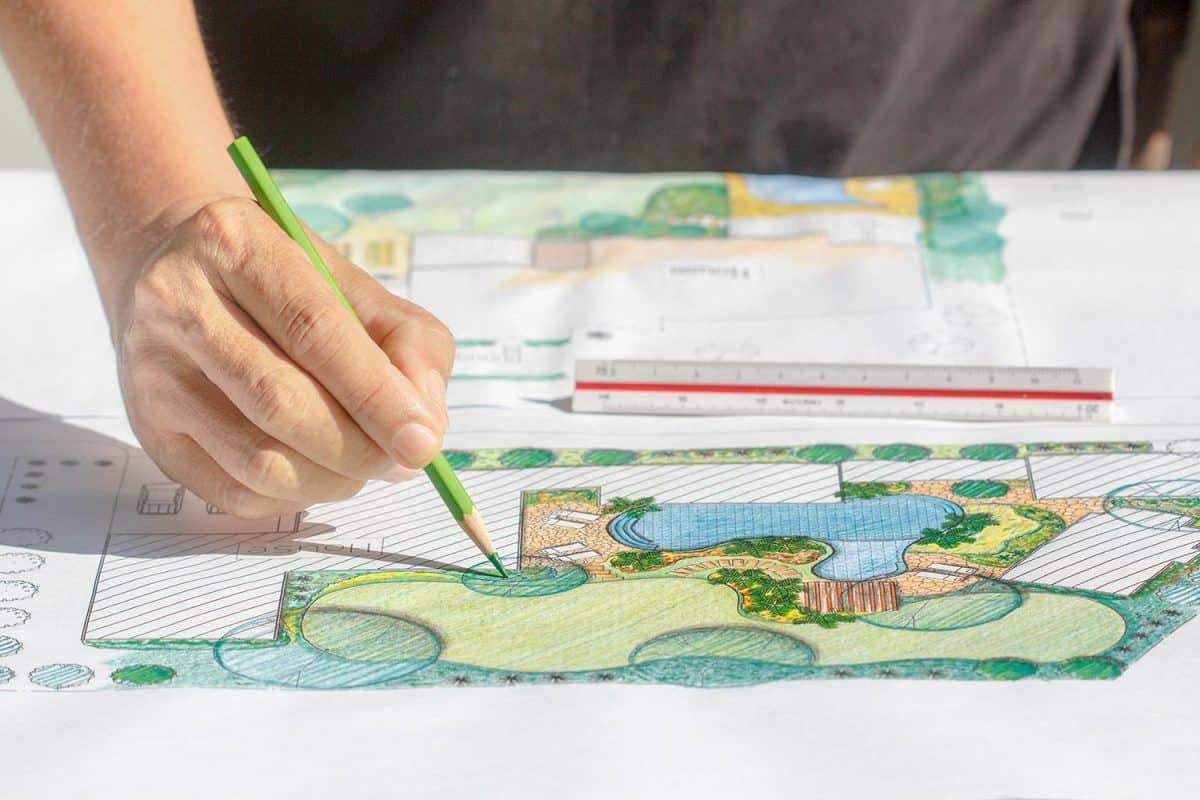
Hardscape is a beautiful addition to any property, but the installation procedure might be tricky if you don't make proper plans for the project. Here are a few pointers to help you prepare in the best way possible.
Carry Out Your Site Analysis
Before starting any project, it is essential to know whether the location is suitable for the construction. Analyze your plans and designs from the inside and the outside, noting all essential adjustments that need to be made. You don't want to glance out the window and notice that a design looks misplaced from a certain angle.
A thorough site evaluation is necessary to determine whether or not your plan is possible. This will also help you set guidelines for installing the best design to complement the site's physical and environmental features.
Set a Suitable Budget
When it comes to hardscaping costs, there are several factors to consider. Your budget may also determine the quality of materials you use. If you can estimate these costs early on, you'll be able to manage and execute your project better.
Making a list of the materials and supplies you'll need helps you stay on budget and schedule. With a budget established, you can avoid draining your pocket to finish your project.
Choose The Right Materials For Your Design
As much as having a budget is a vital point to consider, you will also need to choose the appropriate materials for your project.
A hardscape's appearance is influenced by the materials used, plus the design and patterns in the materials. Before buying a truckload of construction materials, you should bring samples home to check if the new and previously existing elements are harmonious.
You may want to consider asking yourself questions like, is the color scheme pleasing to the eye? How well do the materials match the look of the main building? You will also need to take note of whether or not there's a good mix of textures.
Hiring a Hardscape Company or DIY?
Hardscape projects can be more complex than they seem. While some homeowners might possess the necessary skills to take on this tedious project, others might not. In this case, hiring an external contractor comes to mind.
If you decide to go this route, choose a contractor that understands your idea and can bring it to its full potential. Check out their work and ask for recommendations from people before hiring.
If you would rather do everything yourself, then you should have a reliable manual or written step-by-step plan to follow.
Repair and Maintenance
When it comes to hardscape planning, it's not just about getting it installed. Making it last for a longer period is also essential.
There will always be some long-term upkeep involved with any building project, especially one outside the house constantly exposed to the elements. You shouldn't choose a material that is difficult to maintain unless you are capable of shouldering the financial burden.
How Much Does Hardscaping Cost?
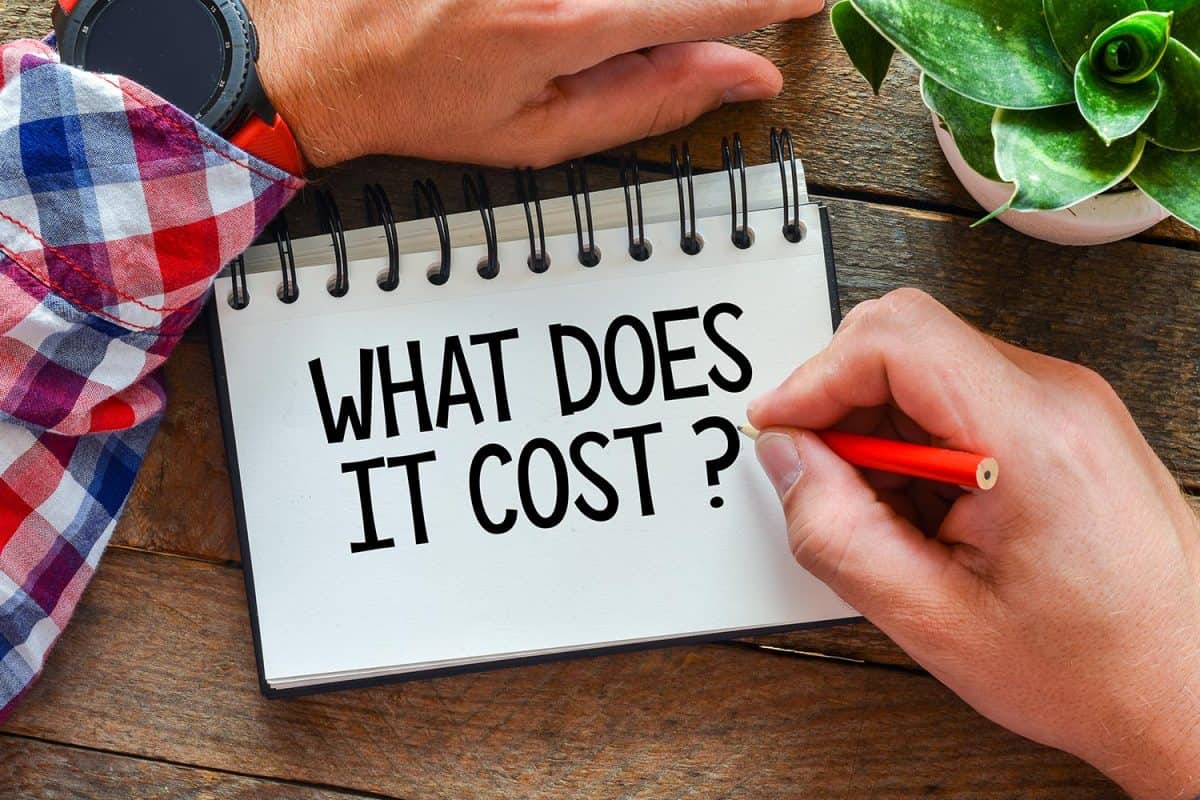
As a homeowner thinking of starting a hardscape project, you might be wondering how much you would have to spend from start to finish.
Depending on the size and extent of the project, hardscaping prices might vary significantly. Hardscaping may cost from $5 to $20 per square foot on average, with the total average cost ranging between $2,000 - $30,000.
The cost of a project also depends on the quality of materials. For example, natural stones with rare colors would cost way more than regular bricks.
Here's an insightful article that discusses concrete and pavers used for hardscape projects.
Does Hardscape Increase Property Value?
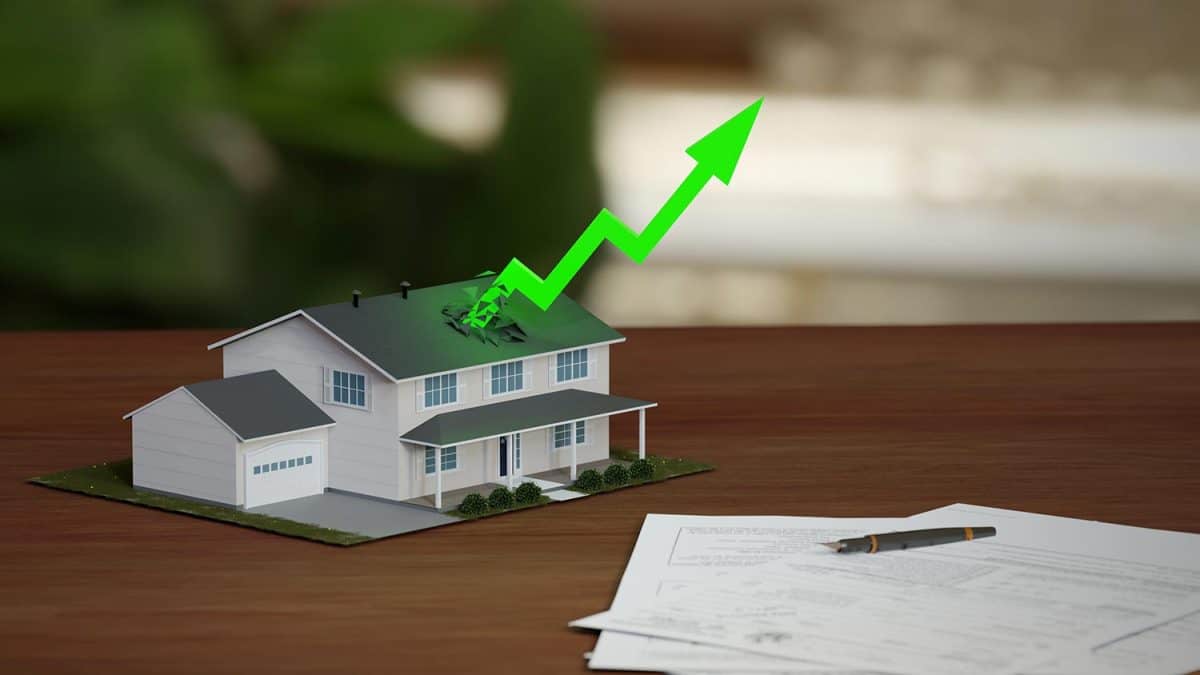
When it comes to the value of a property, hardscaping is a significant factor. During excessive heat or drought, plants and softscape might die or turn brown, but hardscapes are more permanent and will preserve the beauty of your yard.
Experts say that a house's exterior look and general feel make it more appealing and increase its value. When it is time to put your house on the market, buyers will see the outdoor area first, so make the most of it!
In Closing
Hardscaping is often overlooked in most homes, but it is as important as landscaping. There are so many benefits of hardscaping, from expanding the useability of your yard to adding value to your property if you intend to sell.
A hardscaping project can be done on a small or large scale. Nevertheless, there are several components to consider and the best season to start is one of them.
Winter and fall present various advantages over other times of the year, including less foot traffic, cheaper materials, and more. Starting your project during this time would hasten your progress, and in a few days or weeks, you and your family can enjoy the outdoors for much longer periods.

![Vibrant Red Paver Stone Path, Can You Spray Paver Sealer? [How To Apply It]](https://pavingplatform.com/wp-content/uploads/2022/04/Vibrant-Red-Paver-Stone-Path-600x400.jpg)
![Properly laid out red pavers for a garden, Can You Tint Paver Sealer? [And How To]](https://pavingplatform.com/wp-content/uploads/2022/04/Properly-laid-out-red-pavers-for-a-garden-600x400.jpg)
